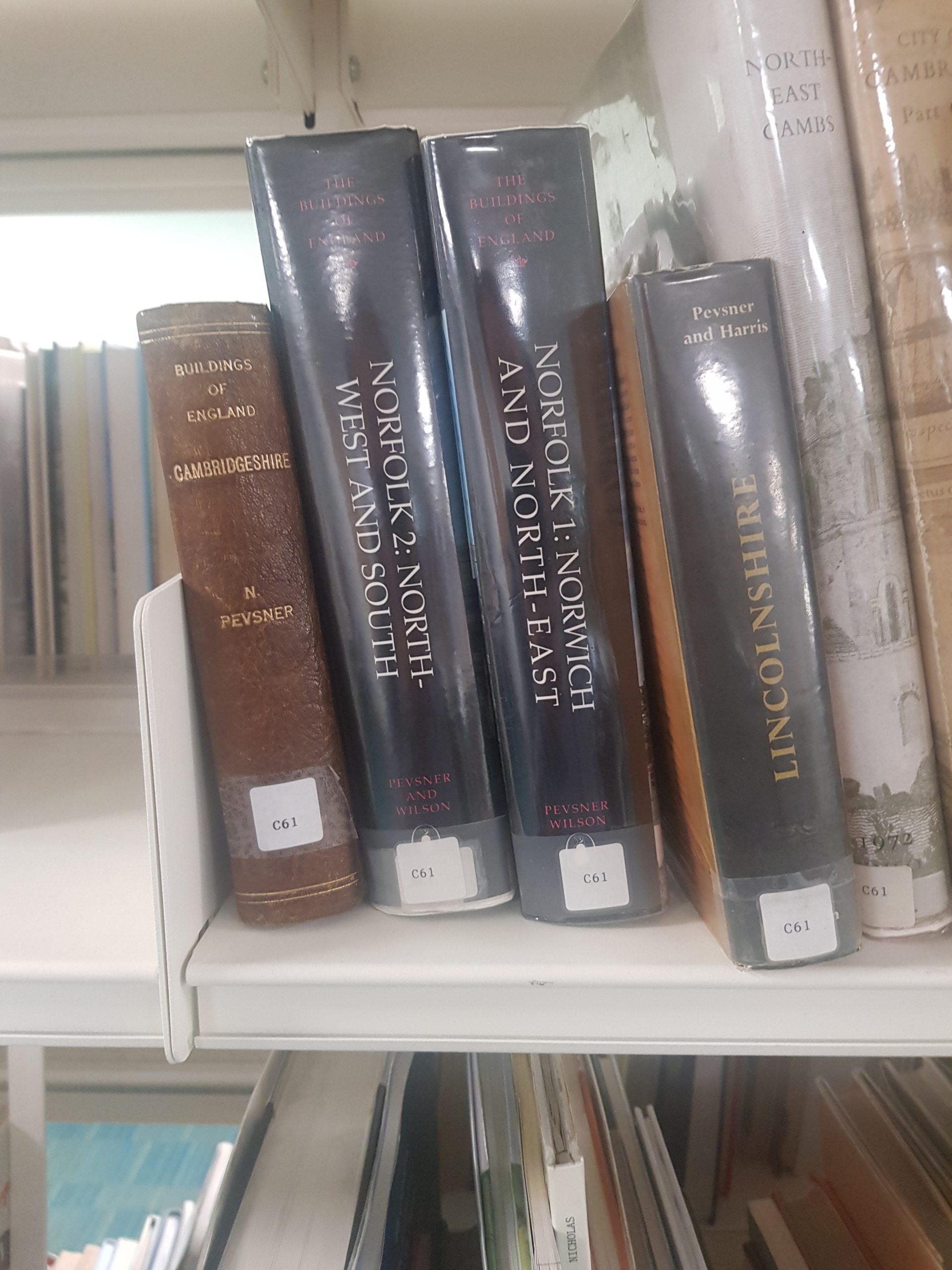Wisbech – Wisbech and Fenland Museum
This museum claims that they believe this is one of the oldest museums in the country which is still located within its original purpose-built building, and the Wisbech and Fenland Museum opened in 1847. Indeed, the museum seems overly large for the size of the town and it’s no doubt a testament to the volunteers that it has survived for over a century and a half.
The museum was first founded in 1835 when 31 members of the local community came together to form a literary and antiquary society. It now has over 50,000 items in its collections, although I’m not entirely sure where they store them all.
In an age where museums seem too willing to dispose of items, I was glad to read that the museum says “we do not have the resources to carry out a rationalisation project and consequently it is not a priority”. So, nothing will be flogged off. Sometimes having insufficient money can be for the best.
There is an entrance room, which has a small shop, and then there is a room with various items of porcelain, postcards and information about different aspects of the history of the town. This room was formerly the museum’s lecture room, and then there is the two storey main gallery which has the bulk of the items on display. This is rather a tight space, but it feels authentic and they do fit a lot into the area. There must also be a library in the building, although I believe that this was closed on the day of my visit.
What is left is a very Victorian feeling museum which offers a friendly welcome and a rather eclectic range of exhibits. Unfortunately, what I consider to be one of their most interesting exhibits, which is the original text of Great Expectations, wasn’t on display on the Saturday when I visited. The museum had been given the manuscript in 1868 by Reverend Chauncy Hare Townshend, a friend of Dickens.
I mentioned above that it is fortunate that the museum isn’t currently to dispose of items. It hasn’t always been so though, as the museum trustees tried to flog off their most precious asset, the Dickens manuscript, in 1947. It results in an inquiry from the Charity Commissioners which the trustees tried to ignore, despite being told not to sell it. The will donating the item to the museum specifically said that the trustees couldn’t sell it, and it’s not clear why they ultimately didn’t, perhaps the legalities proved too much to bear. The sale would have raised around £10,000, but fortunately the trustees didn’t prevail in their plans.
I’m sad to say that I hadn’t previously heard of Thomas Clarkson, who is another important part of the museum. Clarkson was an anti-slave campaigner who lived from 1760 until 1846 and he was a student of Wisbech Grammar School. The museum tells the story of Clarkson’s endeavours, including how he spoke to 20,000 sailors and travelled 35,000 miles to find out more about the slave trade.
William Wilberforce is the much better known historical figure who fought against slavery, and there’s a fascinating museum dedicated to his life in Hull. However, the museum explains that it was Clarkson who provided Wilberforce with details and facts about the slave trade which became crucial to his speeches.
A carved oak chair from the 1870s, sculpted by Marshall George Strapps. He took up carving when working as a toll-keeper, and later in his life he collected tolls on the town’s Leverington Road. He is also buried in the town, at Leverington Road Cemetery.
My favourite exhibit in the museum was the 1657 manuscript map of Wisbech Hundred. The museum explains that the land had recently been carved up now that it was newly drained, and this map records that.
Also in the museum is a collection of birds, or what Dylan would call “dead animals” (actually I think I called it that, but he’s used the term many times since). It’s a rather Victorian style of displaying wildlife, but now it has been created it would seem wrong to destroy it.
Every provincial museum should have items which visitors can relate to, and this museum didn’t let me down. Lots of household items, although I’m obviously too young to remember any of them.
Some bottles from Elgood’s Brewery, which is a local business which first opened in 1795, and is still based on the town.
When Cadbury’s made proper chocolate….
There is also a collection of coins, which is quite an interesting little exhibit, although they only had a limited amount of space to display them. They have numerous Roman and Greek coins, most of which have been found in the local area.
Overall, I thought that this was a delightful little museum and it’s marvellous that it has survived for so long. There is no entrance charge, although donations are gratefully received, and there are numerous events which are put on by the museum.
















